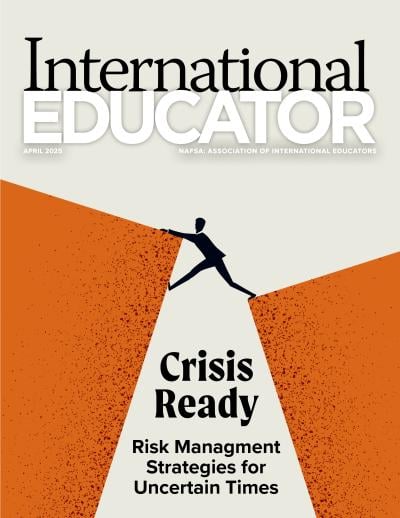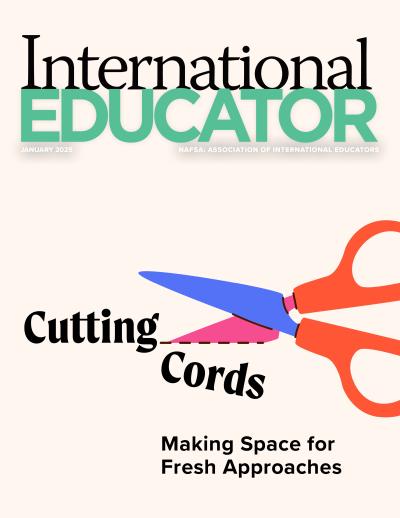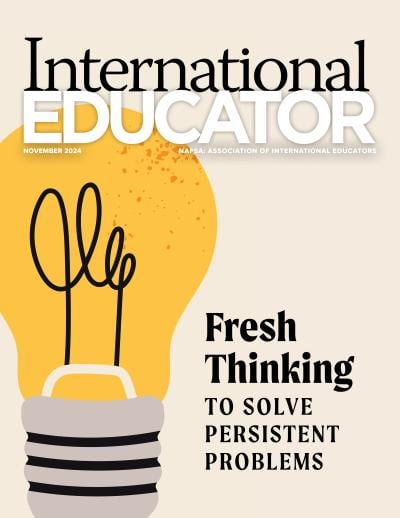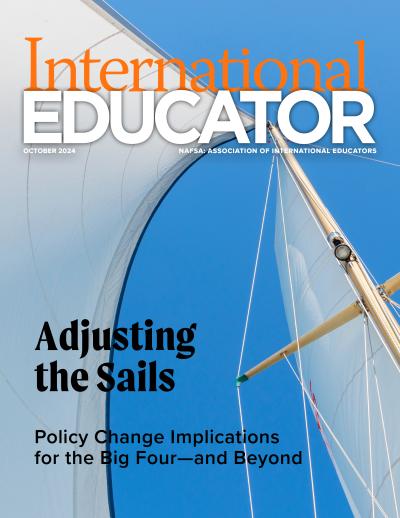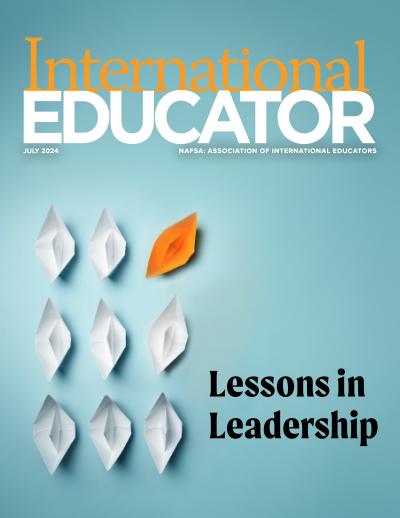Assessment 101: Measuring the Success International Student Integration
At the State of of New York (SUNY) at New Paltz this fall, 16 students will move into three suites at Crispell Hall set aside for one purpose—to pair U.S. students studying either the romantic languages or Latin American culture with students from France, Italy, Latin America, and Spain.
The program—the Romance Languages Living and Learning Community (RLLLC)—is one of two at the New Paltz campus designed to integrate students from abroad into the school community.
“We have had considerable success using living learning communities to integrate international students,” said Bruce Sillner, dean of the Center for International Programs at the New Paltz campus, who notes that the second program allows domestic students studying Chinese and Japanese to live with students from China and Japan. “We pair as roommates an international student with an American student who might be an area-studies or language major, or may have, or intend to, study abroad. The [students] plan a wide range of activities lectures, film series, field trips, as well as culinary events.”
The program sounds like a sure way to acclimate foreign students to a U.S. university. But how can international student advisers and others on campus actually measure how well—how fully—international students are integrating into a school? And how does such an assessment benefit the institution and future international students?
Those who lead university integration programs say that measuring those programs starts with a firm definition of “integration,” requires a clear idea of why integration is important to a school, sometimes


